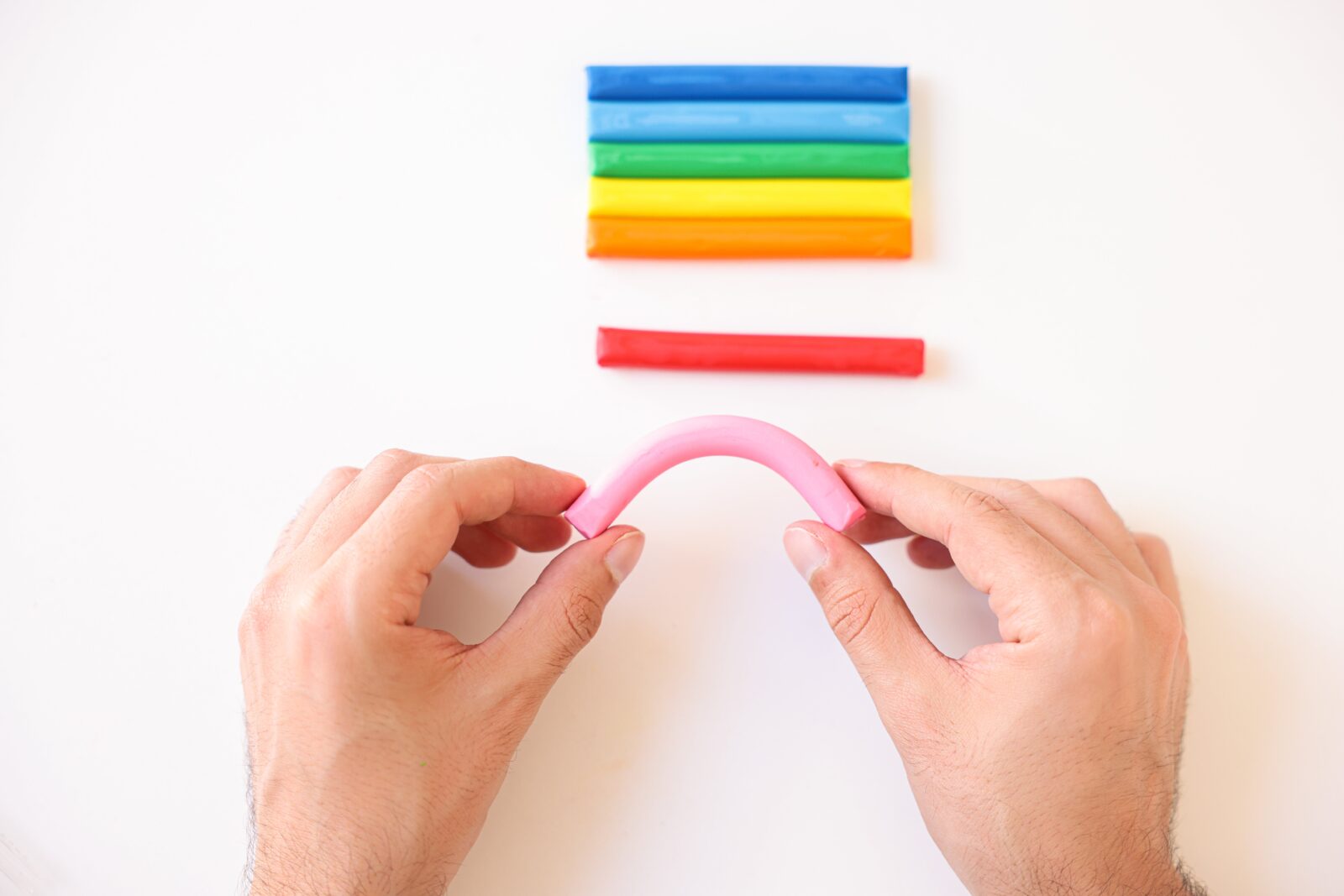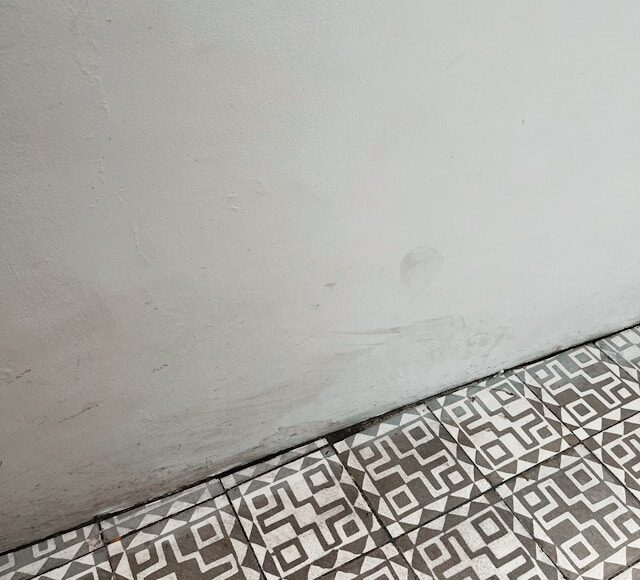Unleash your creativity and dive into the world of artistic possibilities with polymer clay! Whether you’re a seasoned artist or just starting out on your creative journey, polymer clay is a versatile and high-quality medium that will take your art to new heights. From intricate jewelry pieces to vibrant sculptures, this remarkable material offers endless opportunities for expression. In this blog post, we’ll explore the benefits of using polymer clay for art, discover various techniques for working with it, delve into creating unique masterpieces, and learn how to properly maintain and preserve your precious creations. So grab some clay and let’s get started on our colorful adventure!
The Benefits of Using Polymer Clay for Art
Polymer clay opens up a world of possibilities for artists, allowing them to bring their wildest imaginations to life. One of the biggest benefits of using polymer clay is its flexibility and ease of manipulation. Unlike other clays that may require kiln firing or extensive preparation, polymer clay can be cured in a regular home oven. This makes it accessible for beginners and professionals alike.
Another advantage is the wide range of vibrant colors available in polymer clay. Artists can mix different hues together to create custom shades, or use pre-mixed colors straight out of the package. The color intensity remains even after baking, ensuring that your artwork stays as vibrant as you intended.
Durability is yet another benefit that sets polymer clay Australia apart from other materials. Once cured, it becomes strong and resilient, making it perfect for creating intricate jewelry pieces or delicate sculptures without worrying about breakage or chipping.
Furthermore, polymer clay allows for endless experimentation with various techniques such as blending colors, sculpting details, and adding textures. Whether you prefer a smooth finish or crave a more textured look, this versatile medium can do it all.
The affordability factor cannot be overlooked when discussing the benefits of using polymer clay. Compared to other art mediums like metal or stone sculpture materials, polymer clay is relatively inexpensive while still providing excellent quality results.
Techniques for Working with Polymer Clay
When it comes to working with polymer clay, the possibilities are endless. This versatile medium allows artists to explore their creativity and bring their unique visions to life. Whether you’re a beginner or an experienced artist, there are a variety of techniques that can be used to achieve stunning results.
One popular technique is called “conditioning” the clay. This involves softening the clay by kneading it until it becomes pliable and easy to work with. By conditioning the clay, you’ll eliminate any air bubbles or lumps, ensuring a smooth and even surface for your creations.
Another technique is “texturing.” With polymer clay, you can easily add texture and dimension to your pieces by using various tools such as stamps, textured mats, or even household items like toothpicks or sponges. Experimenting with different textures will give your art a unique look and feel.
For those who enjoy intricate details in their artwork, “caning” is a technique worth exploring. Canes are created by layering different colors of clay together into patterns that resemble slices of candy or flowers. These can then be sliced thin and applied onto other surfaces for added decoration.
If you’re looking to create jewelry or small sculptures with polymer clay, “molding” may be the technique for you. Molds can be made from silicone or even everyday objects like buttons or beads. Simply press the softened clay into the mold and carefully remove it once it’s set – voila! You have a perfectly shaped piece ready for further embellishment.
And let’s not forget about one of the most enjoyable parts – adding color! Polymer clays come in an array of vibrant shades but don’t limit yourself there; mixing different colors together opens up even more possibilities. Blend two complementary colors together for a marbled effect or use translucent clays layered over opaque ones for added depth.
Creating Unique Pieces with Polymer Clay
When it comes to creating unique and one-of-a-kind pieces, polymer clay offers endless possibilities for artistic expression. Its versatility allows artists to mold and shape the clay into any form they desire, giving them complete control over their creations.
One of the most exciting aspects of working with polymer clay is the ability to mix different colors together. By blending various shades, artists can achieve vibrant and striking color combinations that are truly eye-catching. Whether you’re going for a subtle gradient or a bold contrast, polymer clay can help you bring your vision to life.
Another way to create uniqueness with polymer clay is by incorporating other materials into your designs. From beads and sequins to wire and fabric, there’s no limit to what you can combine with polymer clay. These additional elements add texture and dimensionality to your artwork, taking it from ordinary to extraordinary.
Furthermore, experimenting with different techniques can yield stunning results when working with polymer clay. Techniques like marbling, stamping, sculpting, and even faux metal finishes offer endless opportunities for creativity. And since this type of clay is so forgiving and easy to work with compared to other mediums like ceramics or glassblowing – even beginners can dive right in!
Maintenance and Preservation of Polymer Clay Art
Now that you have created your stunning polymer clay artwork, it’s important to know how to properly care for and preserve it. By following these tips, you can ensure the longevity and vibrancy of your creations.
1. Handle with Care: Although polymer clay is durable, it is still a delicate material. Avoid dropping or mishandling your pieces to prevent any damage.
2. Keep Away from Heat Sources: Polymer clay can become soft or even melt if exposed to high temperatures. Be mindful of where you display or store your artwork, avoiding direct sunlight, heaters, ovens, or hot surfaces.
3. Clean Gently: When cleaning your polymer clay art, use a soft cloth or sponge with mild soap and water. Avoid using harsh chemicals as they may degrade the surface of the clay over time.
4. Store Properly: To protect your creations from dust and potential damage, consider storing them in a dedicated display case or box lined with acid-free tissue paper or fabric.
5. Prevent Color Fading: If your polymer clay piece has been painted with acrylics or other pigments, be aware that some colors may fade over time when exposed to light. Minimize exposure by keeping them away from bright lights when not on display.
6. Repairing Damaged Pieces: In the unfortunate event that your artwork gets damaged, don’t panic! Many small flaws can be easily repaired using fresh polymer clay and some basic sculpting tools.
By taking these steps to care for and preserve your polymer clay art, you can enjoy its beauty for years to come!
As you delve into the world of polymer clay artistry, remember that this versatile medium offers endless possibilities for creativity and self-expression.
















